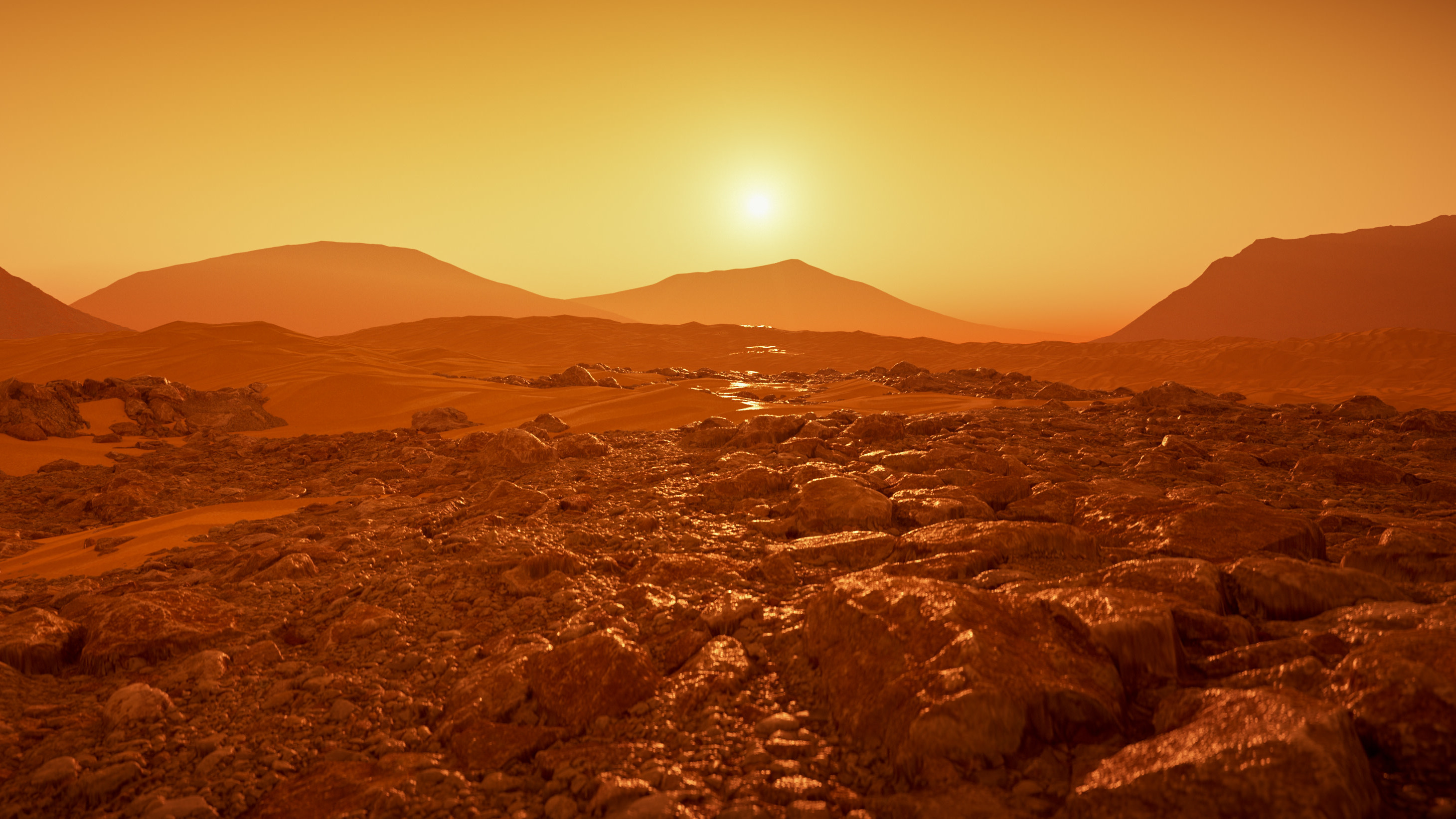Fresh Produce Can Likely Be Grown On Mars, If It Ever Comes To That
Mars is about 142 million miles from the sun, with an average temperature of -80 degrees Fahrenheit. Its landscape is rocky and inhospitable; its soil is rich in rusty iron oxide, which gives the planet its reddish glow. Its atmosphere is 95% carbon dioxide and less than 1% oxygen. It has two moons named Phobos and Deimos, names that translate to "fear" and "panic." It is a planet that does not necessarily want humans crawling all over it, but unfortunately for Mars, once our species is done destroying this planet we're going to need somewhere to go, and little things like "radiation poisoning" and "toxic dust storms" aren't going to stop us from traveling 45 million miles so we can fill its massive canyons with heaps of garbage. And, according to an article in the most recent edition of Science Focus, humanity is getting a little bit closer to that reality every single day.
Of all the problems mankind must solve in order to colonize Mars, figuring out how to establish an agricultural system on a freezing, waterless, rust-covered planet is near the top of the list. Last year, Dutch scientists at Wageningen University announced that they had successfully grown ten different crops in Mars and Moon soil simulators developed by NASA: garden cress, arugula, tomato, radish, rye, quinoa, spinach, chives, peas, and leeks. These simulators replicated the soil samples analyzed by NASA's exploration rovers; initially the simulators were developed for the purpose of testing spacesuits and rovers, with few scientists believing that the iron-heavy soil could be farmed. But the lead scientist behind the study, ecologist Wieger Wamelink, told Science Focus there was no difference between crops grown in local soil and the simulated "Martian" soil, adding that he was quite impressed by the sweetness of the lab-grown tomatoes.
Since this discovery, the team is now trying to improve crop yields by increasing the amount of nitrogen in the soil using a readily available resource: human urine. The magazine also spotlights the Red Thumbs project at Villanova University in Pennsylvania, where scientists are experimenting with earthworms, which naturally release nitrogen as they burrow and feed. Previously, the team was able to grow barley and hops in a greenhouse simulation, bringing humanity ever closer to a future filled with crisp, refreshing space beer.
